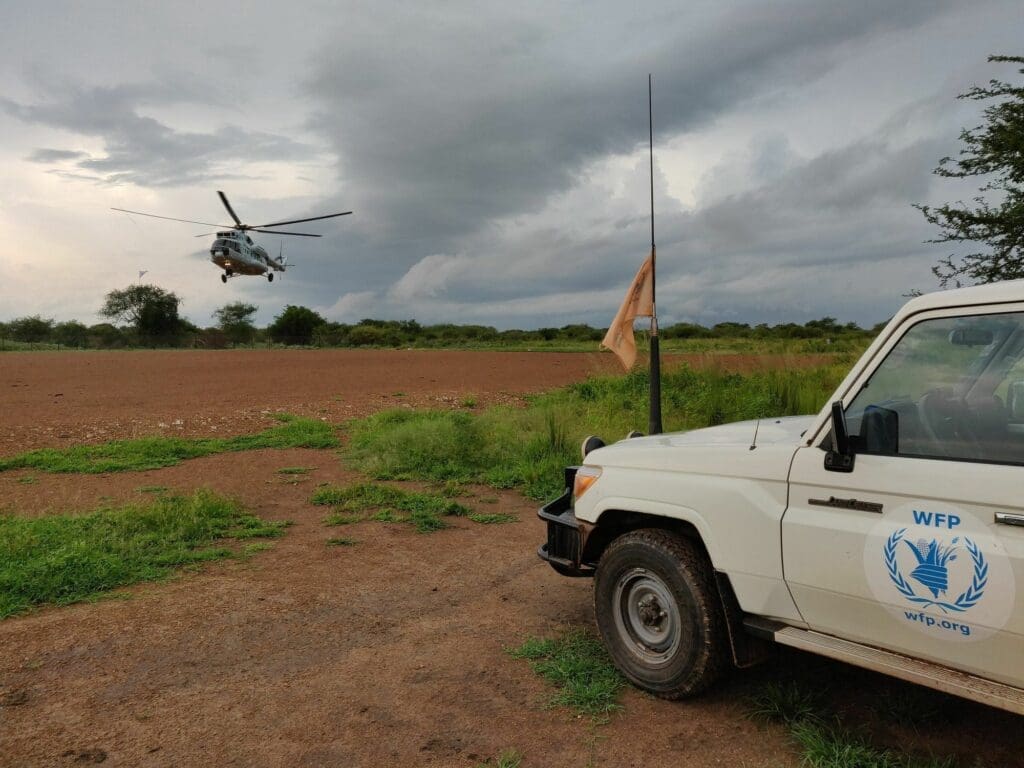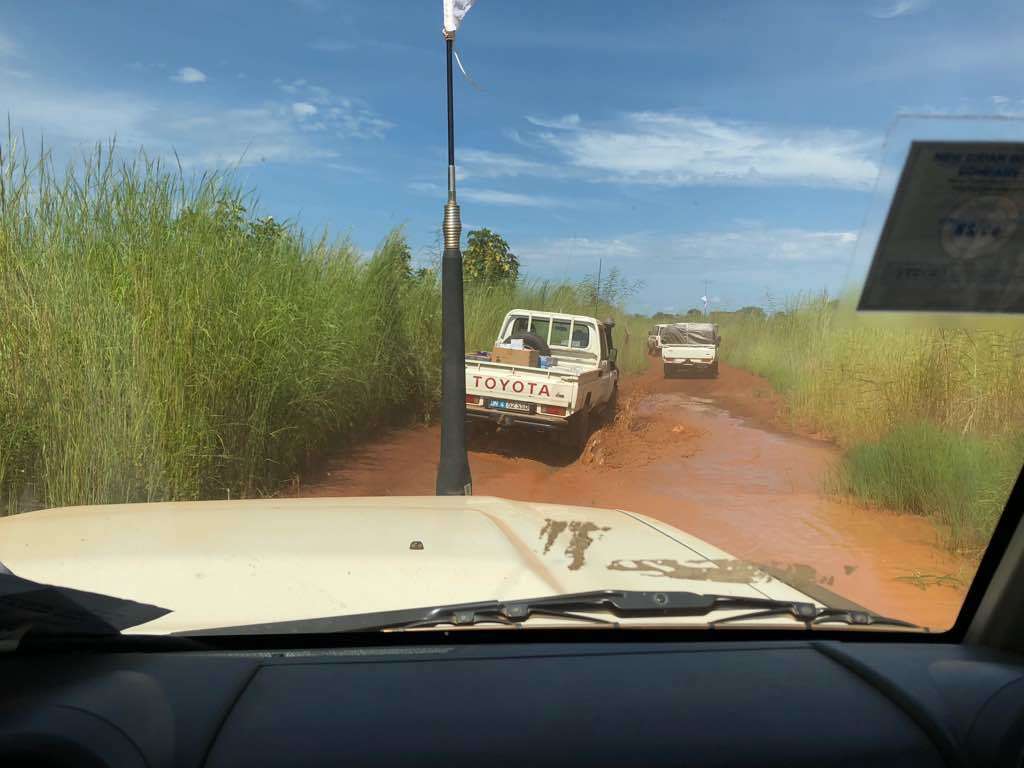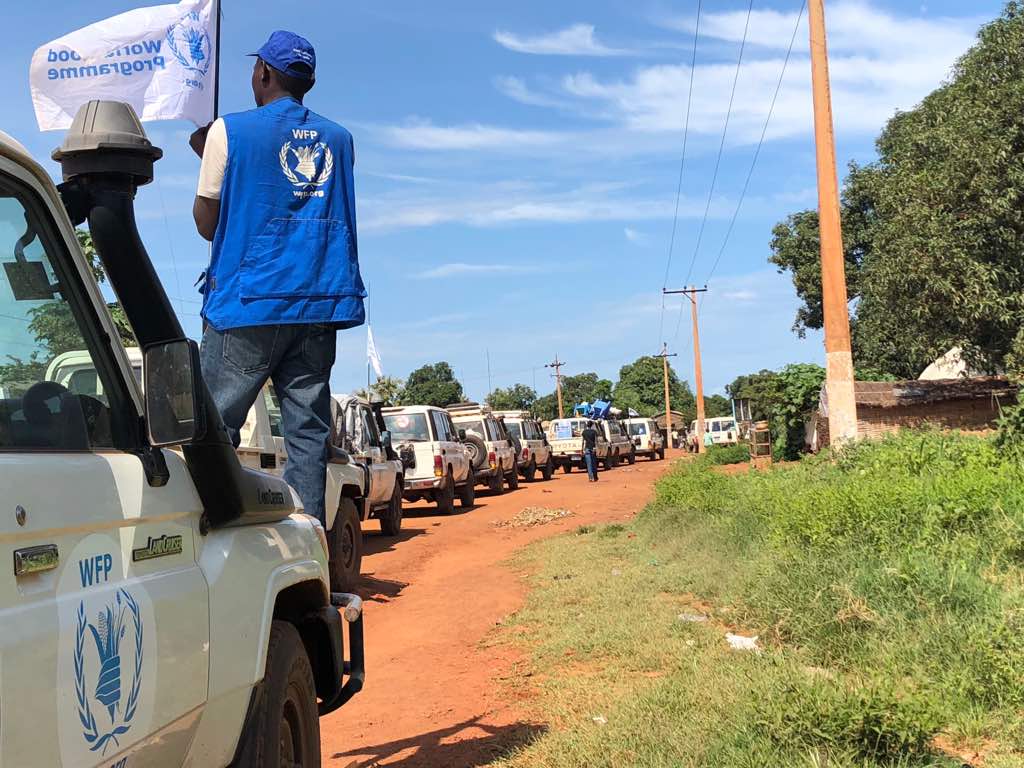South Sudan: Winning the Final Stretch

The end is in sight. But the stakes for success remain high.
For the last six months, humanitarian organizations like WFP have delivered aid inside a country where 60 percent of its unpaved roads have disappeared. Black cotton soil has transformed into mud, but the final stretch means the last few weeks of this year’s rainy season are a critical time to not let up.
“We rely so much on the helicopter airlifts and their airdrop operations to move people around and to drop food to people in need,” said Franklyn Frimpong, director of the United Nations Humanitarian Air Service operated by WFP.
Food insecurity has worsened in South Sudan after more than five years of civil war, putting the lives of millions in jeopardy. Just last month, the country was identified yet again as one of the most dangerous places for humanitarians to deliver aid. It’s a 24-7 effort to make inroads despite incredible difficulties, including more than 30 aircraft transporting food and people at any given time.
That’s why breakthroughs like the one last week in the Baggari region matter so much. Last June, more than 28,000 people on the brink of famine lost their best chance at survival when a surge of violence cut off families from lifesaving food and assistance. The only option for WFP—find a way back in.
“Access to vulnerable people continues to be challenging in South Sudan,” said WFP Acting Country Director Simon Cammelbeeck. “The Baggari operation was only possible after lengthy negotiations.”
For months WFP staff worked with state and local authorities in Wau State to obtain permits and ensure the safety of WFP’s aid workers given the unpredictable nature of the conflict. Baggari’s remote location and the rainy season only complicated things further, making it harder to reach communities in need.



But last Friday, the plan finally paid off. WFP brought together emergency mobile teams of aid workers across 11 different U.N. and NGO partners specializing in health, water and sanitation, and other specialties to regain access and provide humanitarian assistance. A team of access negotiators re-opened areas while food distributions were used to reach large numbers of people in need.
“The rapid response missions have been standing between people and starvation in several parts of the country,” said Joyce Luma, former WFP Country Director in South Sudan. “This is a lifeline that must be maintained where access remains a challenge.”
The humanitarian agency is also supporting the initial preparation for an integrated Ebola preparedness plan given the outbreak of the disease in parts of the Democratic Republic of Congo (DRC). These preparations are critical to prevent South Sudan from confronting another complicated life-threatening challenge.
“We must ensure that the Ebola crisis in DRC doesn’t cross over to South Sudan,” Frimpong said.




